40 Dog Care Tips
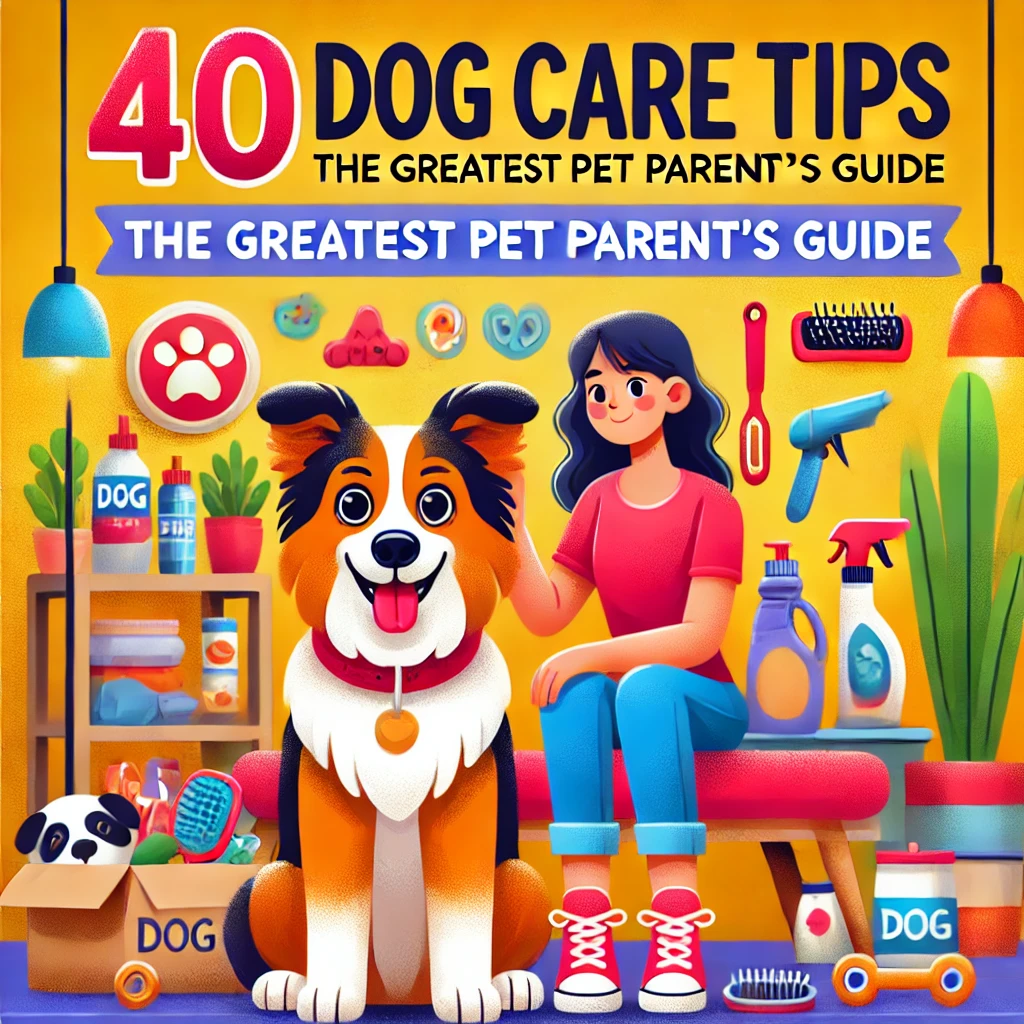
There’s likely something in this list of dog care advice that’ll make you say, “Why didn’t I think of that?!” Whether you’re a newbie with a brand-new puppy or a seasoned pro with a house full of hounds, I’ve got you covered. This comprehensive list of 40 dog care recommendations will help you level up your pet parenting game. As someone who’s been around animals all my life and is a passionate dog lover, this guide offers advice from a dog expert to ensure you and your furry friend thrive together. So grab a treat (for you and your dog), sit back, and enjoy the ride!
Why did the dog cross the road? To get to the barking lot full of Dog Health Tips
1. Don’t Overfeed Your Dog: More Snacks, More Problems
Sure, those puppy dog eyes could melt an iceberg, but overfeeding your dog is no joke. Obesity affects more than half of all dogs in the United States, and the number is ballooning faster than a dog at an all-you-can-eat buffet.
Overweight dogs are more likely to develop all sorts of nasty health issues like metabolic disorders, cardiovascular disease, joint pain, and a weakened immune system. Plus, they’re less mobile, meaning fewer romps in the park and more snoozing on the couch.
So, next time your furry friend gives you the “I’m starving” look, remember: stick to the vet-recommended portions. It’s tough love, but it’s for their own good. After all, you want your dog to be a lean, mean, playing machine—not a couch potato with a doggie doughnut around their waist!
2. Feel Your Dog’s Nose: The Wetness Test
Ever wondered why your dog’s nose is like a mini sponge? It should be wet! The amount of wetness can vary depending on the breed and the season, but a healthy dog will have a cool, slightly damp nose. Dogs sweat through their noses to stay cool, so think of it as their personal air conditioning system.
So, next time you give your dog a boop on the snoot, check for that refreshing coolness. If their nose is dry, it might be time for a vet visit—or maybe they’re just having an off day. Either way, keep that nose boopin’ and stay in the know about your dog’s nose!
3. Schedule Annual Visits with Your Veterinarian: Doggy Check-Ups
Think of your vet as your dog’s personal health guru. Regular check-ups aren’t just for humans—they’re for your furry friend too! Schedule those annual vet visits to make sure your pup is in tip-top shape.
Let the professionals poke, prod, and pamper your dog to screen for any health issues. Plus, they’ll give you the latest scoop on how to keep your four-legged buddy happy and healthy. It’s like taking your dog to a fancy pet salon, but with fewer bow ties and more thermometers in awkward places.
So, mark your calendar and get ready for those vet visits. Your dog might give you the stink eye in the waiting room, but they’ll be thanking you with tail wags and sloppy kisses for years to come!
Do Dogs Know When It’s Their Birthday? Schedule Vet Visits!
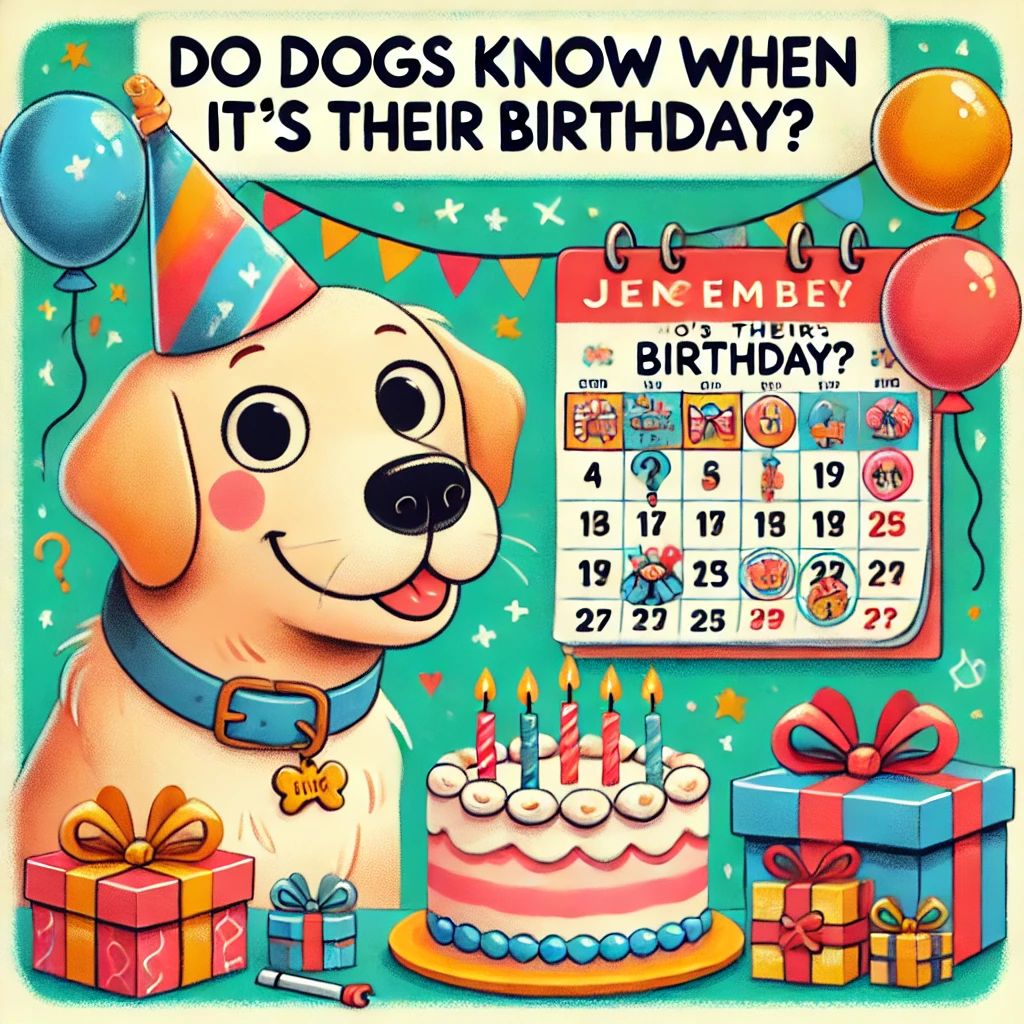
4. Pack a “Pet First Aid” Bag: Doggie Doctor to the Rescue!
Accidents and emergencies happen, even to the best-behaved pups. Having a “pet first aid” bag ready is like being a superhero for your dog. Think of it as your dog’s very own emergency kit—because even superheroes need a sidekick with band-aids and treats.
If you’re going trekking or camping with your furry friend, this kit is a must-have. Picture this: you’re miles away from civilization, your dog decides to challenge a porcupine to a duel, and boom—first aid kit to the rescue!
Every dog owner should have a homemade pet first aid kit. Stock it with essentials like bandages, antiseptic wipes, tweezers (for those porcupine quills), and of course, some emergency treats to keep your dog distracted while you play doggie doctor.
Be prepared, and your pup will think you’re the coolest, most prepared pet parent ever—tails will wag, and sloppy kisses will abound!
5. Purchase Pet Insurance: Protect Your Wallet and Your Pup
Imagine this: your dog decides to moonwalk off the couch and ends up with a vet bill that could pay for a small vacation. Accidents and illnesses can pop up faster than you can say “fetch,” costing anywhere from $500 to $5,000. With up to a third of pets needing emergency care each year, those vet visits can add up quicker than your dog can gobble down a treat.
Enter pet insurance, the financial superhero you didn’t know you needed. It helps cover those surprise costs, from emergency surgeries to prescription meds and long-term health issues. It’s like giving your wallet a bulletproof vest while making sure your furry friend gets the best care possible.
Investing in pet insurance means you can focus on pampering your pup with belly rubs instead of stressing over vet bills. So, get that pet insurance and let your dog live their best, most adventurous life—moonwalks and all!
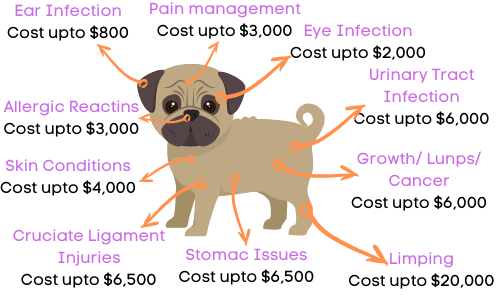
6. Keep Those Canines Clean: Brush Your Dog’s Teeth
Brushing your dog’s teeth might sound like a wrestling match in your living room, but it’s crucial for their overall health and to avoid costly dental procedures down the road. Ignoring those pearly whites can lead to serious problems, so make teeth brushing a regular part of their routine.
Use dog-specific toothpaste—because, believe me, they won’t appreciate the minty freshness of your own. With a little time and training, teeth brushing can become a fun daily activity for your pet. Think of it as a mini spa session, minus the cucumber slices and with a lot more slobber.
Turn teeth brushing into a game, and soon your dog will be showing off those clean chompers with pride. Plus, fewer trips to the doggy dentist means more treats and toys for your furry friend!
Best Dog Trainer Secrets: Keep Those Canines Clean
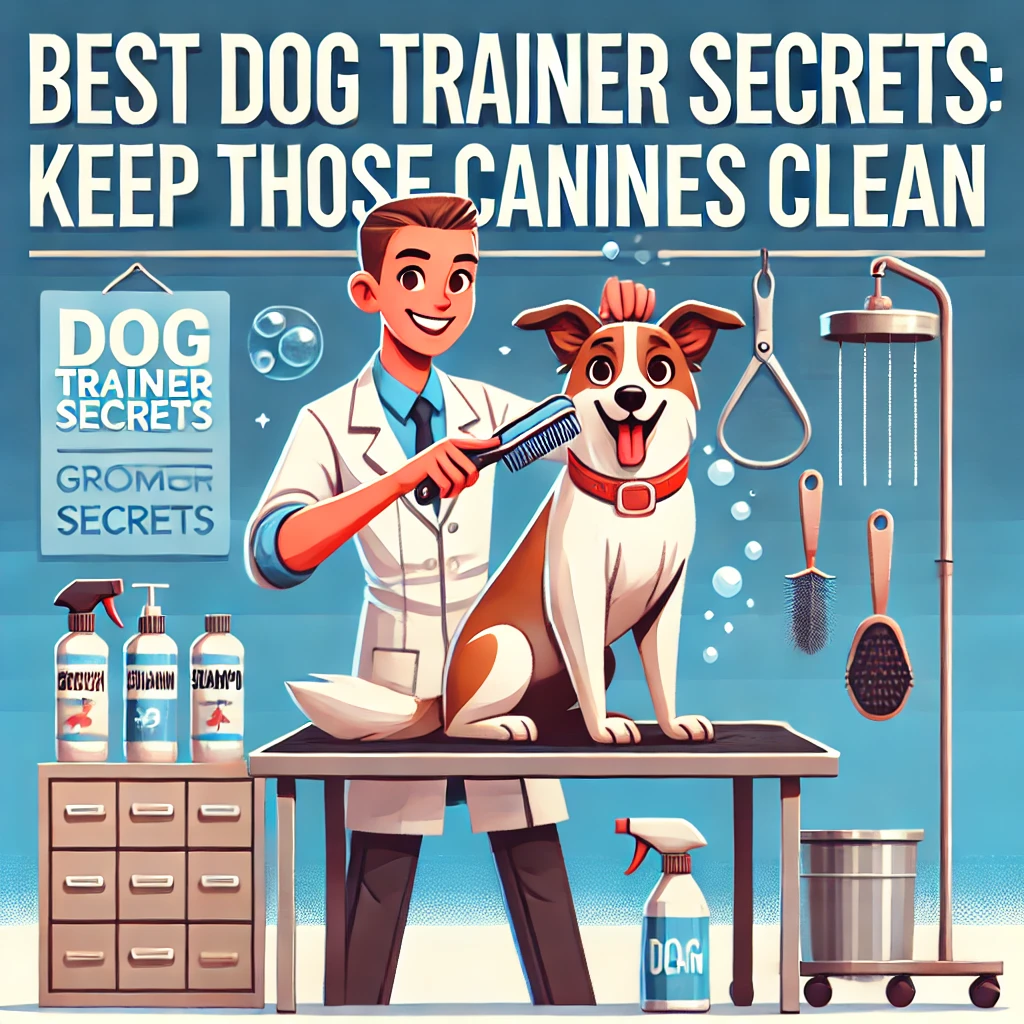
7. Emergency Plan: Doggie Backup Ready!
It’s not the most fun thing to think about, but having an emergency plan for your dog is like having a fire extinguisher—better to have it and not need it than the other way around. In case you get sidelined, make sure you’ve got your pup covered.
Jot down all the essential details about your dog’s lifestyle: feeding schedule (because missing a meal is a canine catastrophe), portion sizes (to avoid turning your dog into a furry balloon), medications, and the vet’s number. Hand out copies to trusted friends or family who can step in when needed.
Also, ask around and ensure you’ve got at least one or two nearby folks who can swing by on short notice to help out. It’s like having a doggie babysitter on speed dial. With a solid plan in place, you can rest easy knowing your pup will be taken care of, even if you’re momentarily out of commission. Plus, it gives your dog a chance to charm even more people with those irresistible puppy dog eyes!
8. Play with Purpose: Fun Activities with a Goal!
Turn playtime into a secret training mission! When you’re caressing and playing with your pup, especially when they’re young, make a habit of gently touching their feet, ears, and lips. This sneaky trick will desensitize them to being handled in these areas, making nail trims and vet visits a breeze.
Think of it as giving your dog a mini spa day. While you’re at it, toss in some toe-tickling and ear-rubbing during their favorite games. By turning these touches into a routine part of playtime, your dog will start to think, “Oh, this is just part of the fun!”
Regularly examining your dog’s ears and mouth helps them get used to the idea, making those vet checkups less of a horror show. Plus, your vet will thank you for having a dog that doesn’t act like they’re auditioning for a drama series during exams. And if your vet notices any irregularities, it’s early detection for the win!
For easy dogs to take care of, this habit is particularly beneficial. So go ahead, play with a purpose, and enjoy a more relaxed, happier pup.

9. Way of the Dog: Secure Your Trash Properly
Dogs are like tiny, furry raccoons when it comes to trash—they just can’t resist the allure of garbage perfume. To them, your trash can is a five-star buffet with all the wrong kinds of delicacies. So, always keep your trash secure and out of reach.
Why? Because munching on old chicken bones, spoiled leftovers, or mystery goo can lead to expensive emergency vet visits. Imagine explaining to your vet how your dog thought a moldy sandwich was a gourmet treat!
Keeping your dog out of the trash is essential for their safety and well-being. Especially for those easy dogs to take care of, it’s an extra step to ensure they don’t turn your kitchen into a disaster zone. Save yourself the stress, the cost, and the sight of a very guilty-looking dog with a trash lid stuck on their head. Secure that trash, and keep the buffet closed!
Way of the Dog: Make Training Fun and Consistent
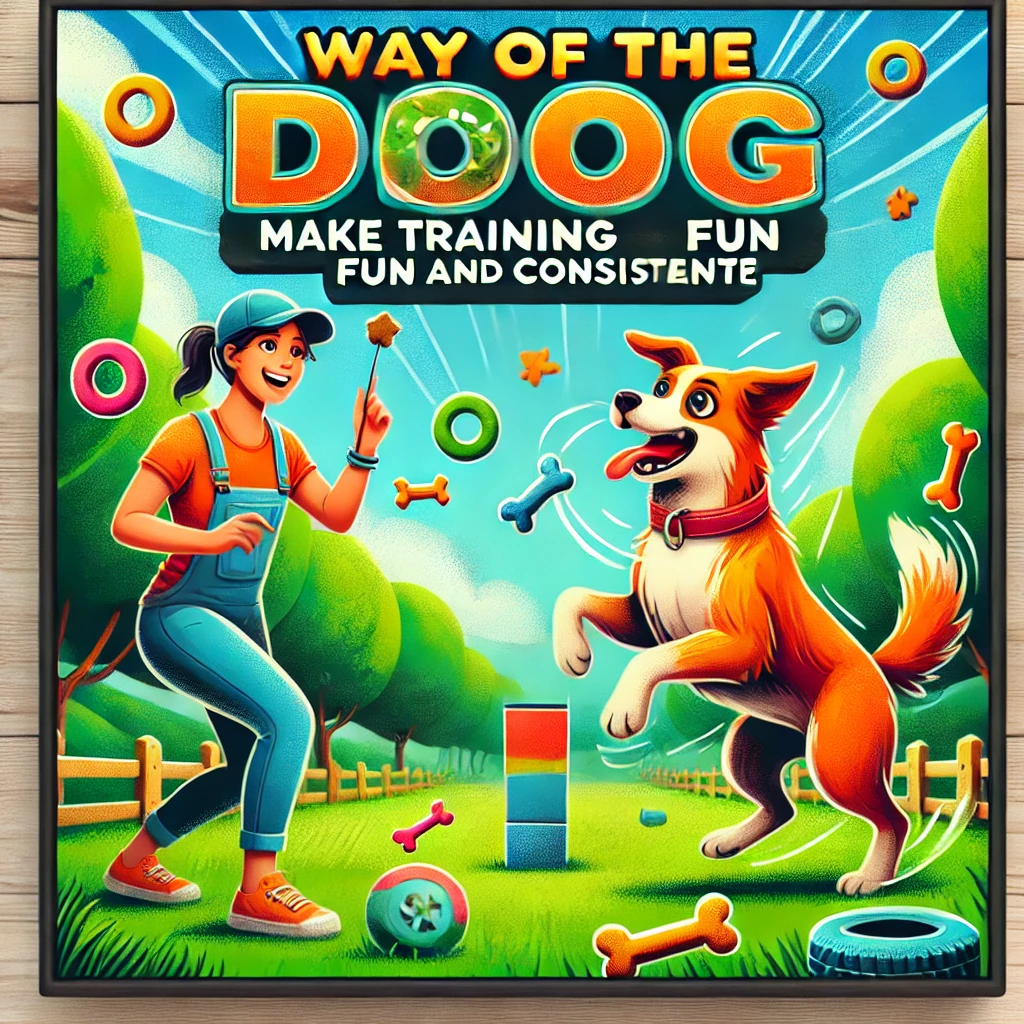
10. Doggy Zen Zone: Create a Safe Haven for Your Pup
Every dog needs their own little slice of paradise, a Doggy Zen Zone if you will. Set up a cozy corner of your home with your dog’s bed or blanket, a few toys, and a water bowl. This dedicated space will become their go-to spot for napping, chilling, and plotting world domination (or just waiting for dinner).
This sanctuary is especially handy during stressful situations like parties, crying babies, or thunderstorms. If your dog was crate trained as a puppy, keep their crate open and available even after they’ve graduated from training. It’s like having their own private room, complete with a Do Not Disturb sign.
A safe space will help your dog self-soothe and feel secure, transforming them into one of those effortlessly calm and easy dogs to take care of. So, give your pup the perfect chill-out spot and watch them relax like a pro.
11. Doggy Hazard Patrol: Properly Secure Cleaners and Toxins
Dogs are like furry little detectives, always on the hunt for the next mystery to sniff out. Unfortunately, that often means poking their noses into places they shouldn’t, like under the sink or in the garage. To keep your curious pup safe, make sure household chemicals like cleaners and insecticides are out of reach.
Think of baby-proof locks as your secret weapon. They might be designed for toddlers, but they work wonders on keeping clever dogs out of trouble too. Just imagine your dog’s face when they realize their Mission: Impossible to get into the cabinet has been foiled!
Keeping harmful chemicals securely locked away is crucial to prevent your dog from turning into a chemistry experiment gone wrong. So, lock it up, keep it safe, and let your dog stick to sniffing out the good stuff—like where you hid their favorite treats.
12. How to Properly Care for Your Dog’s Toys and Bedding
Germs, dirt, pollen, and other contaminants wind up on your dog’s blankets, soft toys, and bedding. To keep these items fresh and clean for your dog, wash them at least once a week. This practice is especially beneficial if your dog has seasonal allergies, as it can significantly reduce their pollen exposure. Regular cleaning helps maintain a healthy environment for your pet, contributing to their overall well-being.
Advice from a Dog: Properly Care for Toys and Bedding
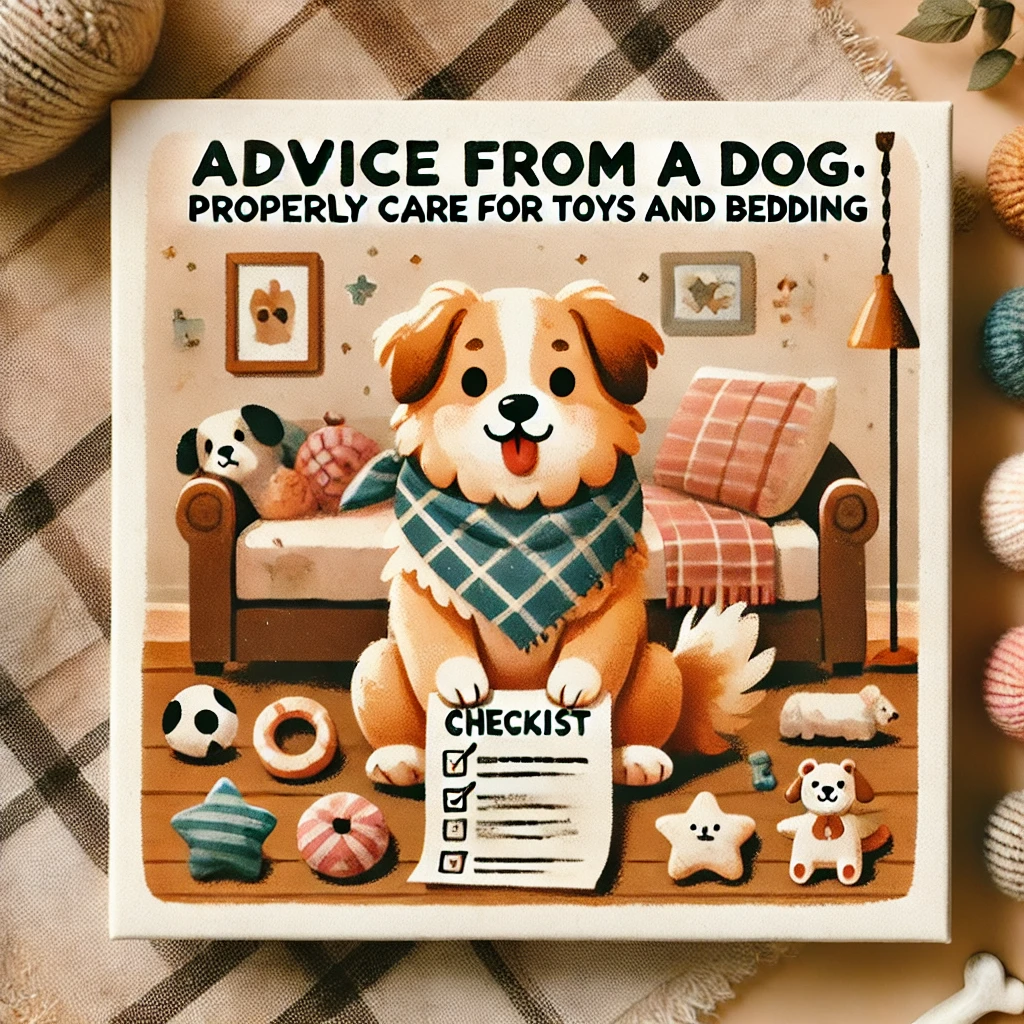
13. Only Give Dogs Human Food if Properly Prepared
Feeding your dog human food can be safe and beneficial when done correctly. Many common human foods, such as chocolate, avocados, and onions, are toxic to dogs and should be avoided. Additionally, gum and candies containing xylitol, a sugar-like chemical, can be extremely dangerous. However, with the right guidance and recipes, you can prepare nutritious and delicious meals for your furry friend.
My book, The A-to-Z Cookbook for Healthy Homemade Dog Food: 101 Quick & Easy DIY Dog Meals, provides a variety of safe and healthy recipes specifically designed for dogs. Each recipe is crafted to meet your dog’s nutritional needs, ensuring they get the right balance of vitamins and minerals. From plain chicken and canned pumpkin to rice dishes, these meals can address various health issues such as digestive distress and diarrhea, and can even make administering medication easier.
By following the recipes in my book, you’ll feel confident knowing that you’re feeding your dog meals that are both safe and beneficial for their health. Say goodbye to the worry of harmful foods and hello to a happier, healthier pet. Get your copy today and start preparing delicious, tailored meals that your dog will love!
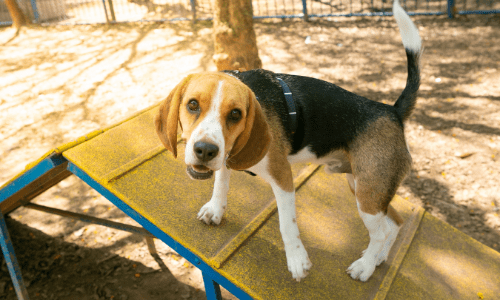
14. Walk This Way: Boost Your Dog’s Health and Joy
Think of your dog’s daily walk as their personal adventure time—a chance to explore, sniff every blade of grass, and show off their strut. Regular walks do wonders for your dog: they beat boredom, aid digestion, keep their weight in check, and help burn off all that extra energy that might otherwise be directed at chewing your favorite shoes.
You might notice that annoying habits like chewing, barking, or digging decrease when you provide a positive outlet for their energy. It’s like swapping their mischievous ways for a zen-like calm. Consistent exercise improves your dog’s physical health and mental well-being, making those walks an essential part of their daily routine.
For dogs that are easy to take care of, regular walks can be the cherry on top of their happiness sundae. So grab that leash, hit the pavement, and watch your pup transform into the happiest dog on the block! Bonus: you get some exercise too, and maybe even meet a fellow dog lover or two. Win-win!
15. How to Properly Hold a Dog: Essential Tips
Holding a dog might seem straightforward, but doing it right is crucial for both your comfort and your pup’s safety. First off, let’s get one thing straight: dogs are not footballs, so no Heisman poses, please! For smaller dogs, slide one hand under their chest and use the other to support their hindquarters. For larger dogs, it’s more of a team effort—consider it your daily workout. Always lift with your legs, not your back, unless you want to explain to your chiropractor that you injured yourself lifting Fluffy. Remember, dogs have preferences too. Some like the classic “baby hold” while others prefer the “majestic lion” stance, where you support their front legs while they survey their kingdom. And whatever you do, avoid the “scramble grab,” which resembles trying to catch a greased watermelon. Following these tips will keep your dog happy and make you look like the best dog trainer in the park!
What a Great Dog! Hold Your Pup with Confidence
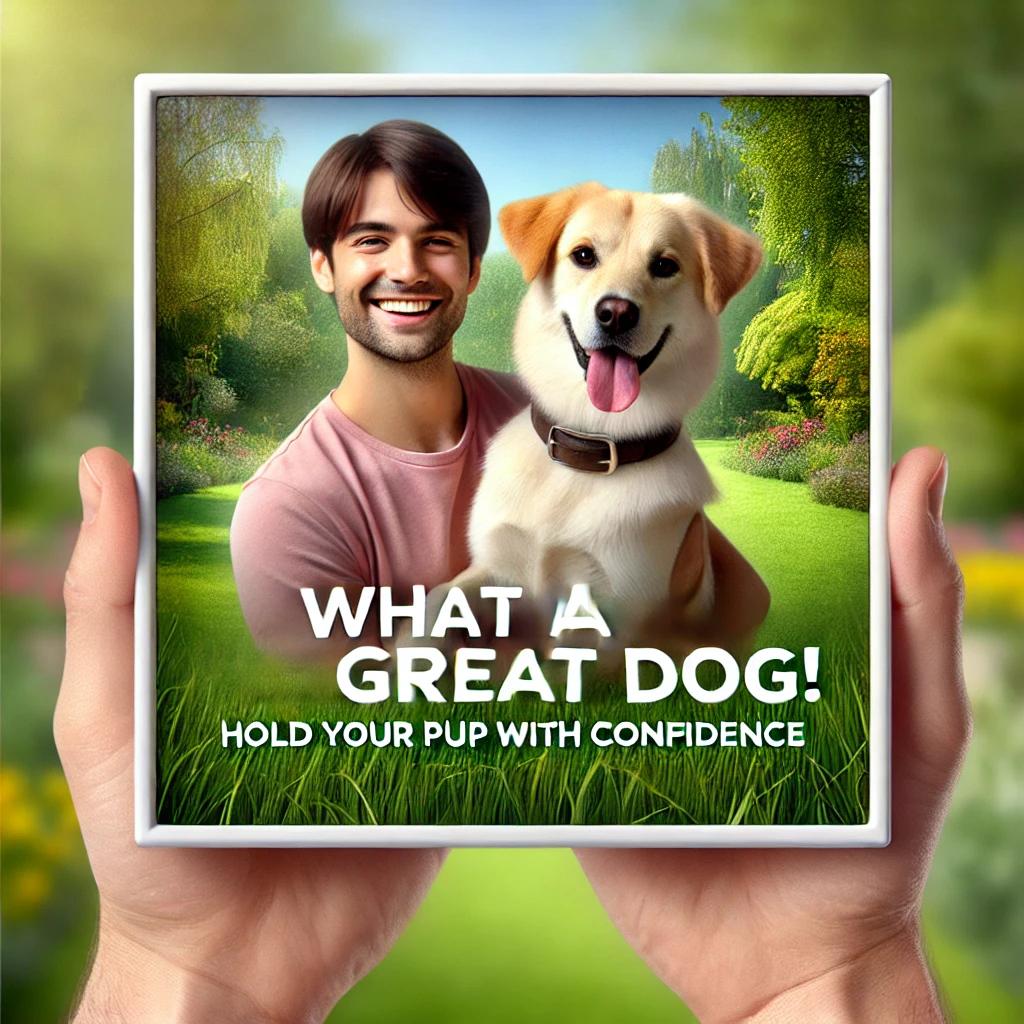
16. What a Great Dog: Keeping Your Pup’s Mind Sharp and Happy
Dogs, like humans, require a lot of cerebral activity to remain happy and healthy. To keep your dog entertained, give them a puzzle toy, teach them new tricks, and play new games with them. When do puppies get easier to manage? Advice from a dog might say that puzzle toys are a great method to keep them entertained when you can’t dedicate 100 percent of your attention to them. So, next time you’re busy, let the toys do the work and watch your pup stay happily engaged!
17. How to Calm Down a Voracious Eater
Ever wonder what a great dog eats like? If your dog or puppy gobbles down their meals at warp speed, they’re more likely to develop stomach problems or upsets, which can lead to vomiting. Slowing down your dog’s feeding is beneficial to their digestive health and easy to do. A puzzle feeder can be purchased at a pet store or online. Alternatively, putting a giant tennis ball in their bowl is a cheap and simple solution. Both the ball and the puzzle toy will work in the same way, forcing your dog to maneuver around the inedible impediment in order to consume their meal. Taking these steps not only helps digestion but also provides mental stimulation, making it a fun experience for your furry friend.
18. Best Ways to Work With Your Dog
Looking for fun ways to bond and stay fit with your furry friend? Try racing your dog in the park, practicing dog yoga, climbing stairs together, or going on an exciting hike. You’ll both benefit from the exercise and have a fantastic time. Plus, these activities can help your dog become one of those dogs that are easy to take care of by burning off extra energy and keeping them healthy. So grab your leash, put on your sneakers, and enjoy the great outdoors with your best buddy!
Dogs of Summer: Best Ways to Work with Your Dog
19. How to Make Your Dog a Friend
To thrive, dogs require love and attention. Make sure they spend a lot of time with you and your family inside. Pay attention to them, provide their favorite food, and play games together. This quality time not only strengthens your bond but also ensures they feel like they’re the best dog in the world. Remember, a happy dog is a healthy dog, so shower them with love and fun!
20. Show Them You Care by Being Patient
Training your dog can feel like trying to teach a goldfish to ride a bike, especially when they misbehave or don’t get a new command. But patience is key! Dogs are like furry little mind readers and can sense our emotions. If you’re stressed or angry, they won’t respond well. Instead, take a deep breath, and maybe even a coffee break. With patience and a sprinkle of humor, your dog will eventually get it and you’ll both have a blast along the way!
21. Keep an eye on them when they eat.
Dogs are pack creatures by nature, and you are part of their pack. Keep an eye on them while they eat and make this a habit. Picky eaters may become more interested in their food if they see you doing so. Just like people, dogs appreciate company during meals, and it might make them feel more secure. Plus, it’s a great way to bond with your fur baby and ensure they are eating properly.
Easy Dogs to Take Care Of: Keep an Eye on Them When They Eat
22. Advice from a Dog: Give Your Pet a Pat on the Head
Potty training can be challenging, especially if your dog is resistant. But here’s advice from a dog: give them a pat on the head when they successfully pee outside. Praising and encouraging your dog for doing their business in the right spot will make them eager to repeat the behavior until it becomes a habit.
For an even smoother process, bring treats outside with you. When your dog finishes peeing or pooping in an approved area, shower them with praise and treats immediately. This positive reinforcement makes housebreaking a breeze, especially for easy dogs to take care of.
Consistency is key! Make sure to take your puppy out regularly – after every meal, after every sip of water, and at least every 4-6 hours. Follow this routine, and soon, you’ll have what a great dog who knows exactly where to go.
23. Best Dog Trainer Tip: Make It a Game When You Train Them
Training your dog doesn’t have to be a chore – make it a game! Using treats, prizes, and praise in a varied and fun way will keep your dog engaged and motivated. When your furry friend sees training as a game rather than something they get chastised for, you’ll see better outcomes and have a lot more fun together.
During this process, you might discover that your dog responds better to different types of treats. Always reinforce positive behavior with rewards, a clicker, pats, and vocal praise, while ignoring negative behavior. They’ll quickly learn that to earn those rewards, they need to follow your commands.
By turning training into a game, you’ll be the best dog trainer in your dog’s eyes. Remember, happy training leads to happy tails!
24. Way of the Dog: Training Should Be Done on a Regular Basis
Training your dog isn’t a one-time event; it’s a lifestyle. Establish your dog’s “home rules” and stick to them! Decide if your dog is allowed on the furniture, in all areas of the house, or in the dining room with the family. Consistency is key in the way of the dog.
Use the same training cues and regulations to avoid confusing your dog. Make sure everyone in your household is on the same page and agrees to follow the rules consistently. This unified approach will prevent your dog from getting mixed messages and help them learn faster.
By maintaining regular training sessions and clear rules, you’ll create a harmonious environment where your dog knows exactly what’s expected. Regular training is essential for happy, well-behaved dogs.
25. Advice from a Dog: Correct Negative Behavior Right Away
Dogs have a short memory, so timing is everything when correcting negative behavior. If you scold them five minutes after the fact, they won’t associate the reprimand with their bad conduct. Catch them in the act and correct them immediately.
Conversely, when your dog does something good, give them positive reinforcement and rewards straight away to encourage them to repeat the behavior. Quick and consistent responses are key in training.
By following this advice from a dog, you’ll help your furry friend develop good habits and behaviors effectively.
26. Apply a Moisturizer to Your Dog’s Paws
The dry air in cold weather can cause your dog’s paws to crack, leading to discomfort. To reduce this, apply pad moisturizer products topically to your dog’s paws, especially if they appear raw or uncomfortable after being outside.
By taking this extra step, you’ll ensure that your furry friend’s paws remain healthy and happy, even in the harshest weather. Remember, dogs of summer need care in winter too!
27. Protect Your Dog from the Cold: Limit Their Time Outside
Frozen paws, ears, and tails are particularly vulnerable to frostbite in dogs. In cold weather, even dogs with thick fur coats should not be left outside for long periods. When you start to feel cold, bring your dog inside with you because they are most likely feeling the same way.
By monitoring your dog’s comfort and ensuring they don’t stay outside too long, you’ll help prevent frostbite and keep them safe and cozy during the colder months
28. Protect Your Dog’s Paws: Be Wary of Ice and Salt in Winter
Ice and winter salt on sidewalks can turn your dog’s paw pads into a no-go zone. After your furry friend has been outside, wipe their paws clean to make sure they don’t try to munch on or lick the salt like it’s a gourmet treat.
If your dog seems to think winter sidewalks are a hot plate challenge, consider investing in a pair of dog booties. Not only will they protect those sensitive paws, but your pup will also look like the trendiest pooch on the block. And hey, if they start strutting their stuff like a runway model, that’s just a bonus!
For extra safety, use pet-safe salt for your driveways and walkways. It’s non-toxic, gentle on their paws, and won’t cause any drama if they accidentally snack on it. Keep those paws happy and your dog even happier this winter!
29. Fashion Forward: Consider Purchasing a Sweater for Your Dog
Many dogs have thick coats that keep them warm even in the coldest months, but not all of our pups have enough fur to brave the elements. Any dog can develop hypothermia, and depending on where you live and your dog’s breed, a coat or sweater in the winter might be just what the vet ordered.
Look out for signs of hypothermia such as shivering, rapid breathing, cold ears and feet, increased urination, and hair standing on end. These are all clues that your pup might benefit from an extra layer of insulation.
Plus, let’s be honest—dogs in sweaters are ridiculously cute. Many dogs enjoy wearing winter coats or sweaters because they look adorable and provide extra protection during winter playtime. So go ahead, embrace the fashion trend and keep your dog both warm and stylish this winter!
Summer Heat Safety Tips
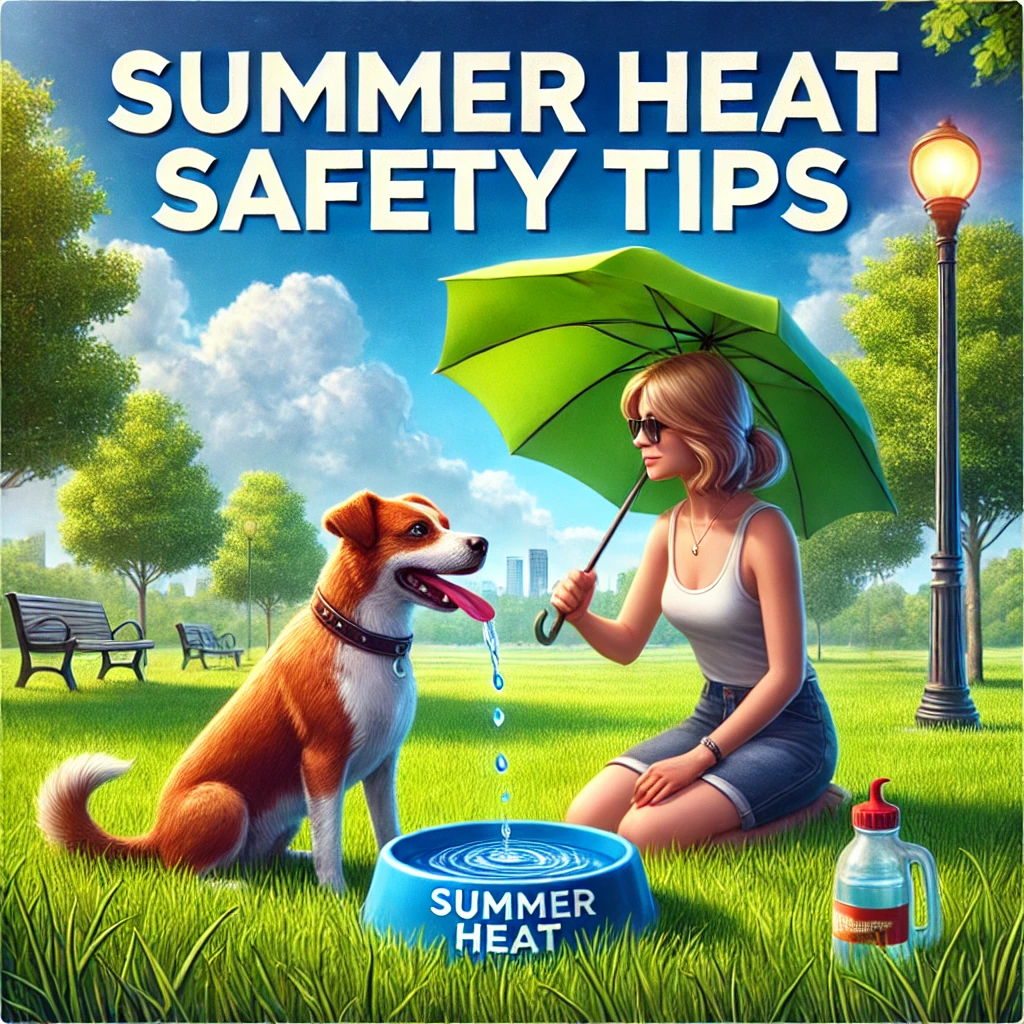
30. Keep Your Dog Cool: Chill Out This Summer
Unlike us sweaty humans, dogs don’t perspire all over. Instead, they sweat through their paw pads and expel heat by panting. So, while you might be reaching for an ice-cold lemonade, your dog is relying on you to keep things cool.
To let your dog enjoy the outdoors safely during the summer months, provide access to shade and a way to cool down. A kiddie pool filled with water or ice can be a canine paradise! It’s like their personal spa day, but with fewer cucumbers on their eyes.
Keep an eye on them during hot weather to avoid heatstroke, stress, and dehydration. If your furry friend starts panting heavily, it’s time to bring them indoors to chill out (literally). Remember, a cool dog is a happy dog!
31. Keep the Water Flowing: Ensure Your Dog Stays Hydrated
Dehydration is no joke for dogs and can sneak up on them faster than you can say “fetch.” To keep your pup safe, make sure they have constant access to clean, fresh water both indoors and outdoors all day long.
Watch out for signs of dehydration like excessive panting, a dry nose, or a sudden disinterest in their food. If you notice any of these symptoms, especially during a heatwave, it’s time to contact your vet.
Remember, keeping the water flowing isn’t just about avoiding dehydration—it’s about keeping your dog happy, healthy, and ready for their next adventure. So, keep those water bowls filled and your furry friend well-hydrated!
32. Algae Alert: Keep Your Dog Safe and Slimy-Free
Ingesting algae can be as dangerous for dogs as trying to eat your slippers (but way less funny). During those hot summer months, taking your dog to the pond or lake sounds like a blast, but always do a quick check first.
Before you unleash your pup for a swim, contact your local Parks and Recreation department for any warnings about toxic algae, water treatments, or dangerous chemicals lurking in the water. A simple call can prevent your dog from turning into a science experiment gone wrong.
Keep your furry friend safe and slimy-free, so you both can enjoy your summer outings without a hitch—or an emergency vet visit!
33. Hot Paws Alert: Keep an Eye on Their Feet
Your dog’s paw pads are as sensitive to heat as you are to stepping on a Lego in the middle of the night. If you can’t safely rest your naked hand or foot on a surface outside, it’s definitely too hot for your dog to walk on.
So, avoid turning your dog’s walk into a hot paws challenge. Opt for grass, dirt, or covered paths to keep those tootsies cool and comfy. Remember, a happy dog is one that isn’t doing a funny dance because the pavement is sizzling!
A Lot of Dogs Prefer Safe Walks: Hot Paws Alert!
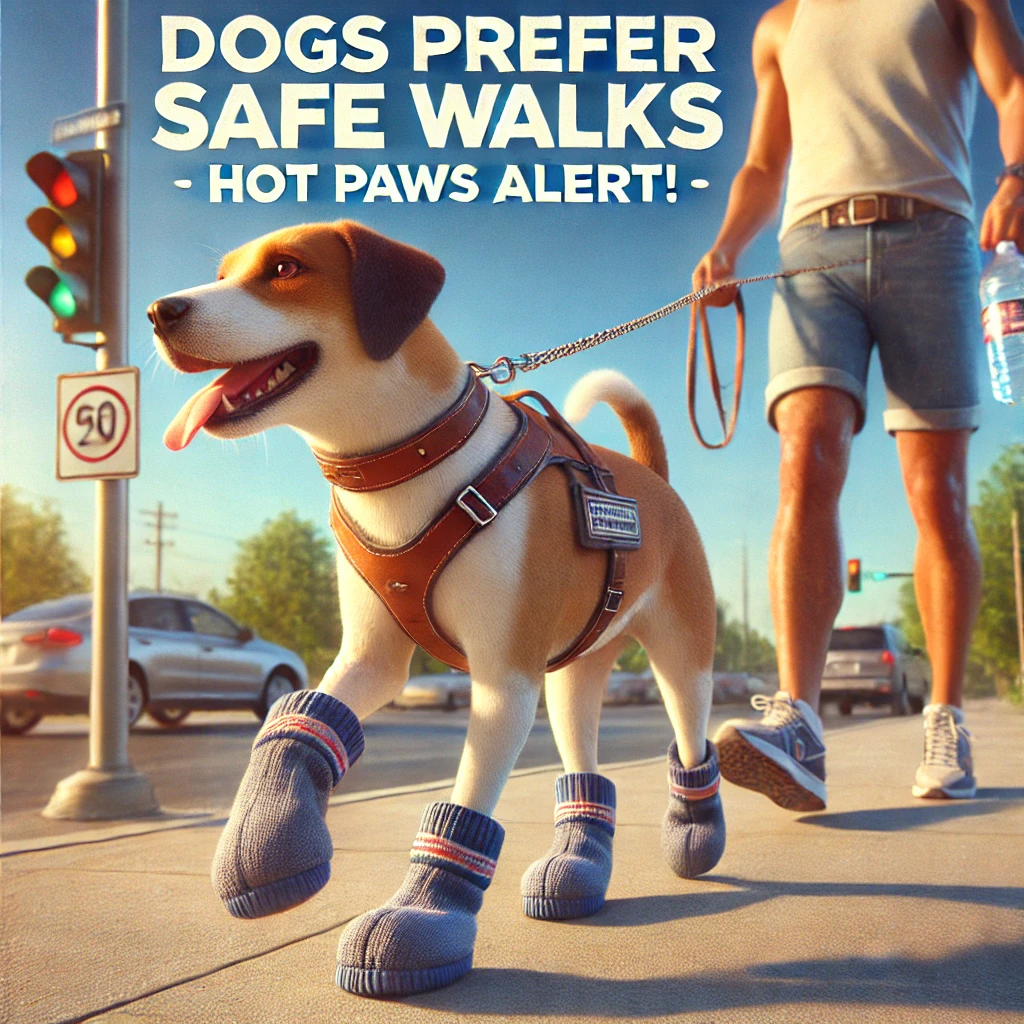
34. Hot Wheels, Not Hot Dogs: Never Leave Your Dog in the Car
Leaving your dog in a car can turn it into an oven faster than you can say “road trip!” Even with the windows cracked, a car’s interior temperature can become dangerous, if not fatal, for your furry friend.
Here’s a shocking fact: even if it’s a mild 70 degrees outside, your car can hit over 100 degrees in just 20 minutes. And in the summer? Your car turns into a mobile sauna within minutes.
So, unless your pup is auditioning for the world’s shortest and sweatiest summer vacation, never leave them unattended in the car. Keep those wheels cool and your dog even cooler by taking them with you or leaving them safely at home.
35. No Truck Beds for Pups: Keep Your Dog Safe and Secure
Every year, over 100,000 dogs play an unwanted game of “Truck Bed Survivor,” and spoiler alert: it’s a total disaster. Whether they’re tumbling out or dodging debris like they’re in an action movie, it’s a recipe for disaster. So, let’s make it simple: never, ever let your dog ride in the back of your truck.
Keep your furry co-pilot in the car with you at all times, ideally restrained. Depending on your dog’s size, temperament, or the length of your journey, you can safely transport them in a crate or carrier. Just make sure it’s secure and won’t transform into a furry pinball machine during sharp turns.
For those looking to add a touch of safety chic, a seat belt adapter that buckles directly to their harness is the way to go. Your dog can stay safe and look like the responsible traveler they are. If you have any questions about where your dog should ride, just ask your veterinarian—they know all the best spots.
So, keep your pup off the “Truck Bed Survivor” show and ensure they’re safely buckled up, ready for the next adventure in style!
36. ID Tags: Your Dog’s Ticket Home
You never realize how crucial an ID tag is until you’re out in the neighborhood calling for your dog like you’re auditioning for a reality show. Make sure your furry escape artist is always wearing an ID tag with your phone number, their name, and even your vet’s number—just in case they decide to embark on an unexpected solo adventure.
Think of the ID tag as your dog’s VIP pass back home. Without it, they might end up wandering into a doggy reality show titled “Lost and Confused.” Keep that information up to date so they can reach you when they need a quick rescue.
So, slap that ID tag on your pup and let them strut their stuff with the confidence of knowing they’re always just a call away from home sweet home!
37. Microchip Madness: Implant a Safety Net for Your Dog
Accidents happen, and sometimes your dog’s collar decides to take a vacation on its own. But fear not! A microchip is like your dog’s secret superhero identity—ready to save the day when things go awry.
If your dog goes missing, veterinary facilities and animal shelters can scan for the microchip and use your info to give you a “Hey, we found your pup!” call. Even in the worst-case scenario of doggy theft, that microchip is a surefire way to prove ownership. It’s like your dog’s personal GPS tracker, minus the monthly subscription fee.
And the best part? Microchips are cheap, as painless as getting a vaccine, and way less hassle than trying to put a tiny detective hat on your dog. So, get your furry friend microchipped and give them an extra layer of security. Because even superheroes need a little help sometimes!
38. Leash Lessons: Keep Your Dog Tethered in Public
Even the most loyal dog can turn into a furry Houdini when they spot another dog, human, or intriguing squirrel. To avoid your dog pulling a disappearing act or causing mishaps like doggy brawls, car chases, or other escapades worthy of an action movie, keep your pup leashed in public places.
Think of the leash as your dog’s backstage pass to safety. Without it, they might decide to star in their own adventure, complete with dramatic escapes and unintended stunts.
So, be a responsible pet parent and keep that leash handy. Your dog might not appreciate the restraint, but they’ll thank you for the extra cuddles and treats later (and for avoiding a run-in with the local wildlife). Keep it safe, keep it leashed, and keep the adventures fun and controlled!
39. Vet’s Orders: Consult Before Changing Your Dog’s Diet or Meds
So, you want to give your dog a gourmet meal from my cookbook, The A-to-Z Cookbook for Healthy Homemade Dog Food: 101 Quick & Easy DIY Dog Meals, or try out a new medication? Hold your horses—or in this case, your hounds! Before you turn your kitchen into a doggy diner or start a pet pharmacy, have a chat with your veterinarian.
Changing your dog’s diet or medications without proper guidance can lead to a variety of health problems. You know your pet best, but your vet knows the ins and outs of keeping them healthy. Discuss any adjustments you want to make and why, so your vet can ensure you have a safe plan. Plus, they’ll update your pet’s medical records, just in case your dog decides to audition for a soap opera with a dramatic health twist.
Thinking of cooking up a storm with recipes from my cookbook? Fantastic! If your dog is healthy, you don’t need to worry too much. However, if your furry friend is ill or a senior, run those new dishes by your vet first. Keep it simple, keep it safe, and always keep your vet in the loop!
A Lot of Dogs Need Routine: Consult Before Changes
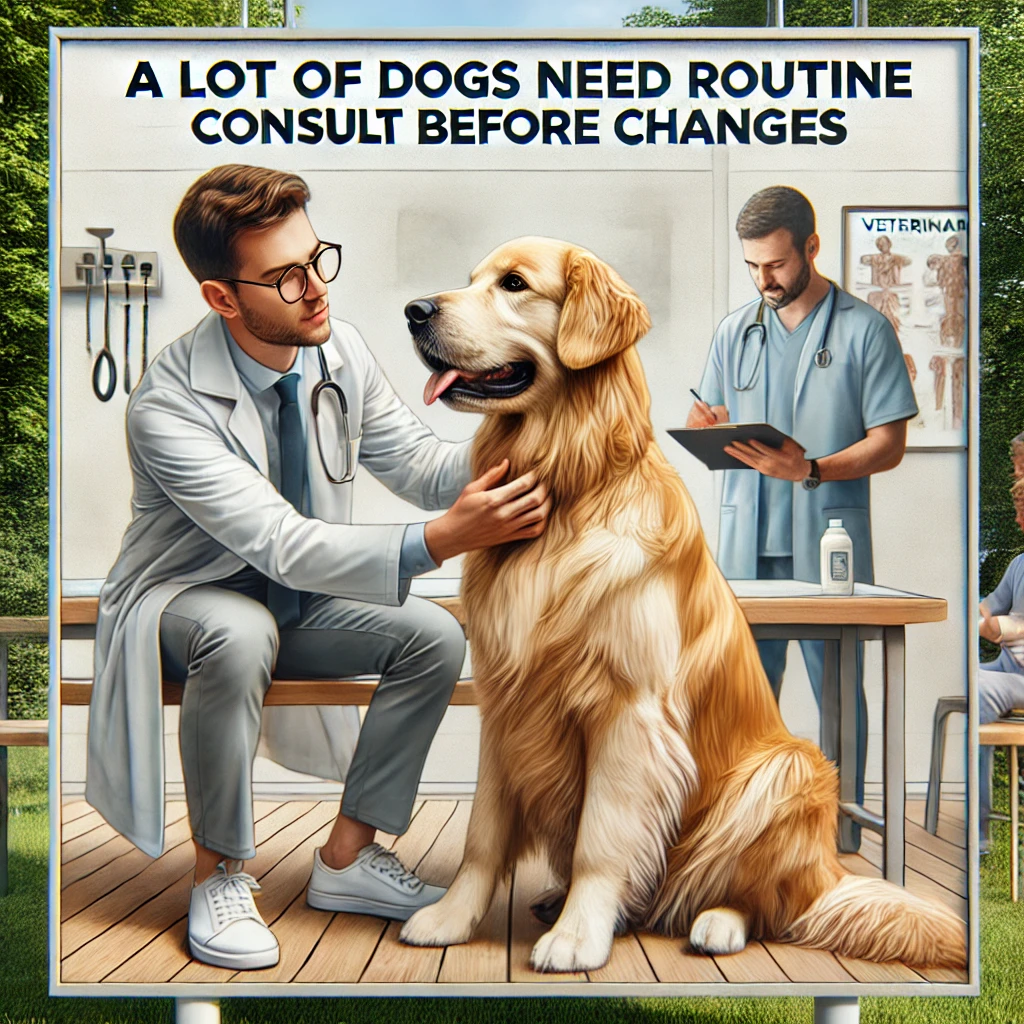
40. Keep Your Dogs Happy and Healthy
Your dog’s health and happiness can be a piece of cake—or should we say, a piece of treat? Imagine a pet treat that not only TASTES great but is GREAT for them.
Check out Petandim, the dog treat that can do it all! It’s like the superhero of snacks: boosting health, increasing longevity, and putting a spring back in their step. It’s like finding the fountain of youth, but in chewable form.
So, treat your dog to Petandim and watch them strut their stuff like a pup half their age! Want to know more? Dive into the full scoop at Petandim and read our Petandim review. Your furry friend will thank you!
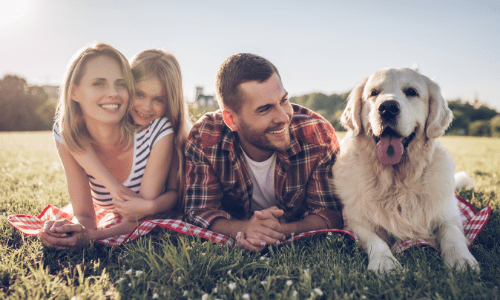
Take good care of your furry friend,
From puppy to senior, quality health care for your dog is one of the most crucial aspects of loving and supporting your dog
Thank You for reading our blog post.
40 Dog Care Tips: The Greatest Pet Parent’s Guide
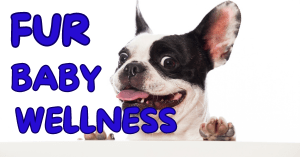
Links
People Also Ask
Q: What are some key dog care tips for new pet owners?
A: For new pet owners, it’s essential to focus on a balanced diet, regular vet visits, proper exercise, and basic training. This guide covers 40 dog care tips to help you get started.
Q: How often should I brush my dog's teeth?
A: Ideally, you should brush your dog’s teeth daily. If that’s not possible, aim for at least a few times a week to maintain their dental health.
Q: What should I include in a pet first aid kit?
A: A pet first aid kit should include bandages, antiseptic wipes, tweezers, a digital thermometer, and emergency treats. Having these items on hand can help you manage minor injuries and emergencies.
Q: Why is pet insurance important?
A: Pet insurance can help cover unexpected vet bills, including emergency surgeries, medications, and long-term health issues, saving you from financial stress and ensuring your pet gets the best care.
Q: How can I make sure my dog stays hydrated?
A: Always provide fresh, clean water for your dog both indoors and outdoors. Monitor their water intake, especially during hot weather, to prevent dehydration.
Q: What are some ways to keep my dog entertained?
A: Keep your dog entertained with puzzle toys, new tricks, and regular playtime. Activities like daily walks, interactive games, and training sessions can help maintain their mental and physical health.
Q: How can I protect my dog's paws in extreme weather?
A: In hot weather, avoid walking on hot pavement and provide shaded areas. In cold weather, use dog booties and apply paw moisturizers to prevent cracking and frostbite.
Q: Why is regular vet check-up important for my dog?
A: Regular vet check-ups help detect health issues early, keep vaccinations up to date, and provide you with the latest advice on pet care, ensuring your dog stays healthy and happy.
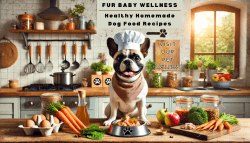

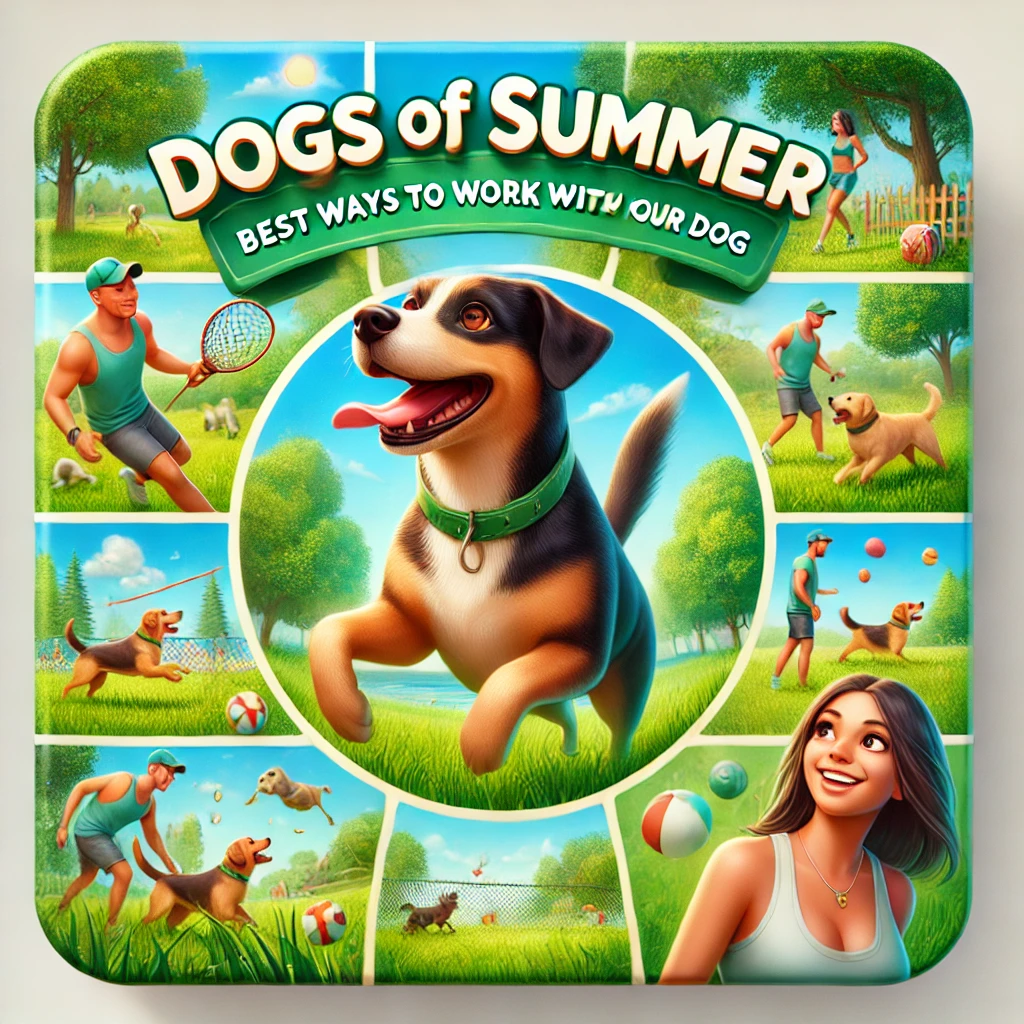
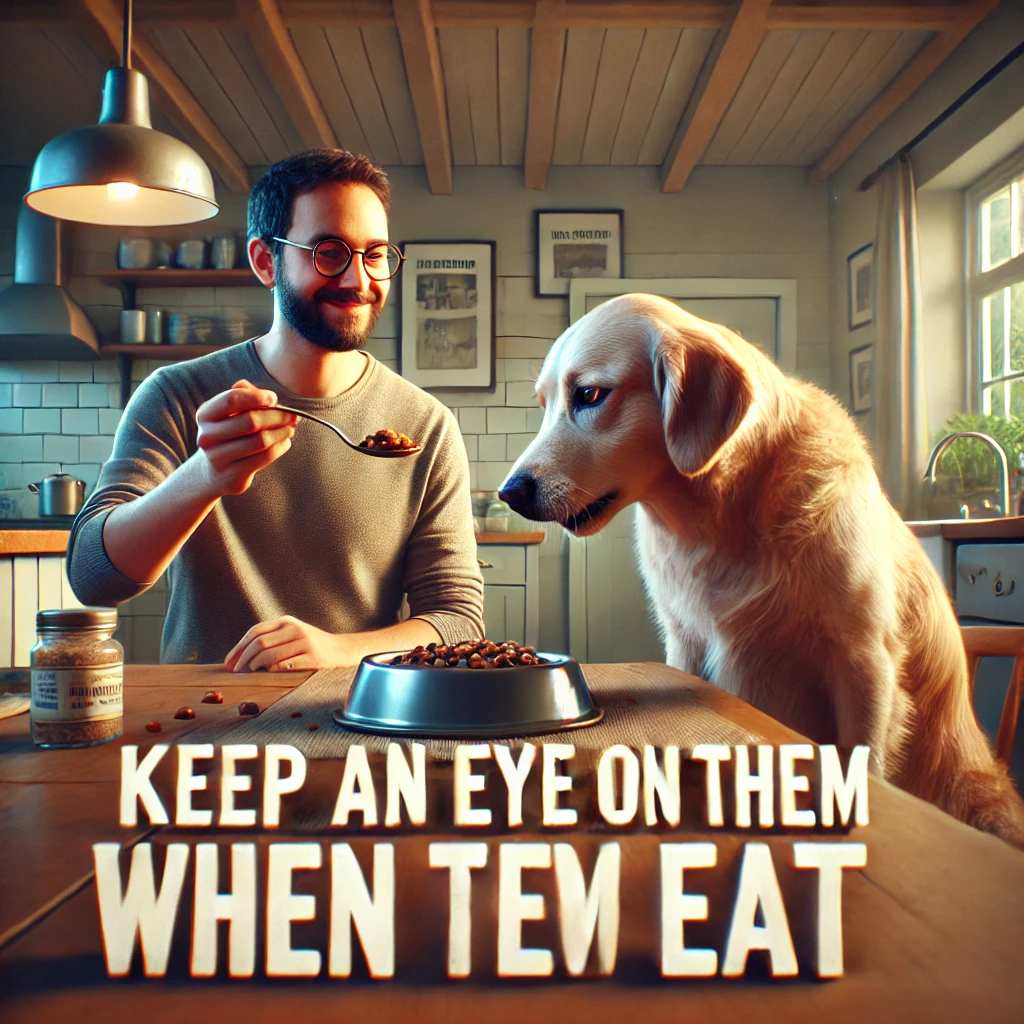



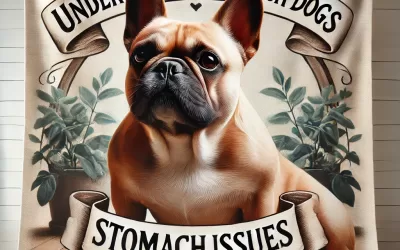
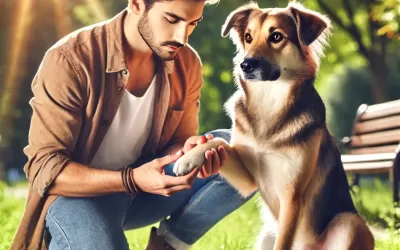


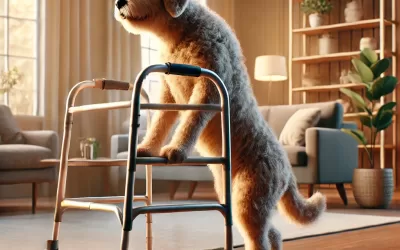
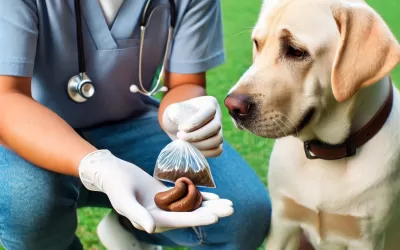

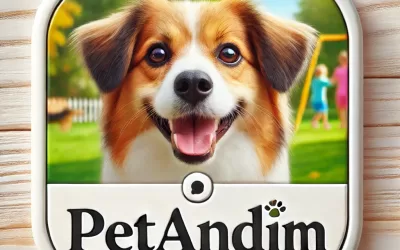
0 Comments